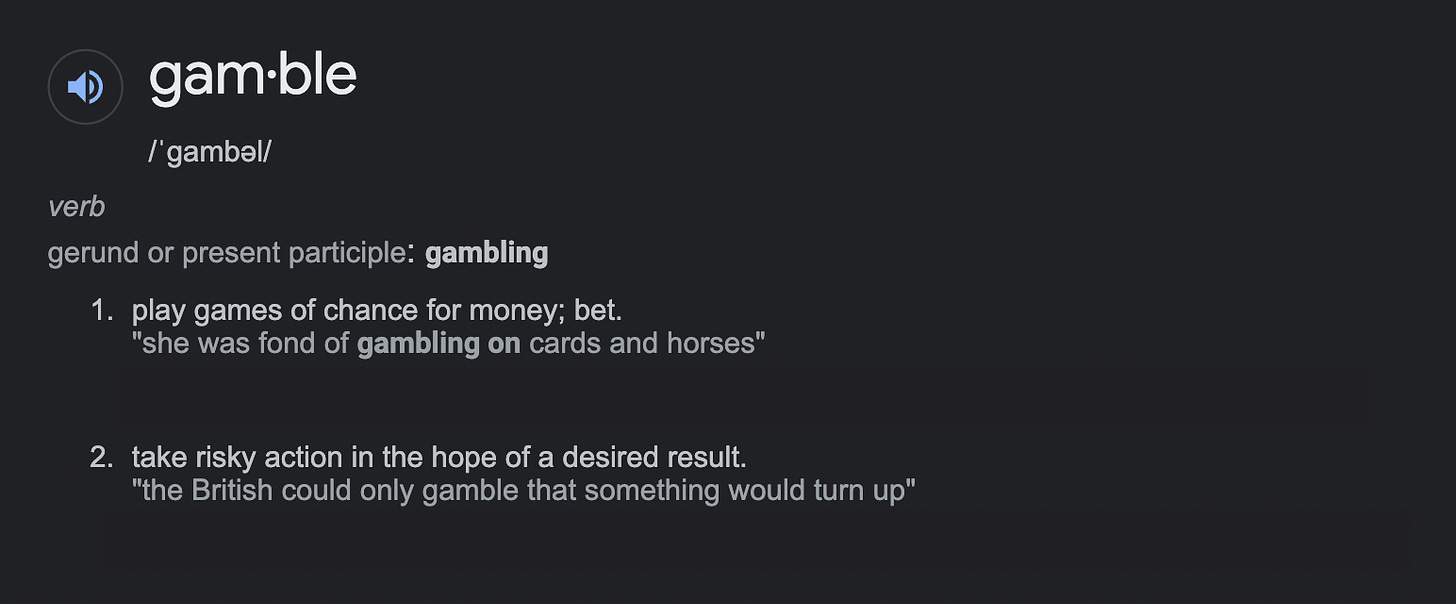The problem with NFT reveals, Part I
To reveal NFTs, projects update the metadata. While that technically works, the experience leaves a lot to be desired
Before we get into it this week — hello, it’s atareh. Yes, i’m still here. and yes, I do a show on YouTube that you should check out. Do I still write? Of course I do. and it helps if you subscribe. And share too. Share this article with a degen friend. and don’t forget to subscribe. I’ll be writing bangers, all bear market long.
In the past year or two, the NFT experience has been the following:
Mint an NFT
Wait a few days (or weeks)
Metadata updates to reveal your NFT
In between step 1 and 3 is where you feel that excitement. Those questions rush through your mind. You know the ones I’m talking about.
Does this collection have 1/1s? What if I minted a rare? How much would I flip that for?
In between step 1 and 3, you also face a dilemma: sell now or wait for reveal? After seeing hundreds (if not thousands) of NFT reveals play out, the pattern is obvious: the floor price will drop after the artwork reveals. Before the reveal, all NFTs in that collection are valued as equal (as in, they all have an equal chance of being a rare). After reveal though, the value starts to flow to the grails, the top 100 and the 1/1s.
Statistically, most that play the reveal game will lose and a small percent win (by definition, this is gambling). But so are many other things when you think about it, like buying Pokemon cards. We all hoped to pull a Charizard in every pack. Totally gambling! Does that make gambling okay? I don’t know! But if you’re still in the NFT space, you’ve likely accepted that we’re in a big crypto casino - and as a casino, the current reveal experience leaves a lot to be desired.
Let’s break that down.
How most projects reveal their NFTs
For most projects, the process from minting an NFT to getting your revealed NFT spans a few days. You have no control or agency as to when your NFT will reveal - it’s at a pre-determined set by the team running the project. And when the reveal does happen, it’s a mad dash of refreshing the metadata on Opensea > refreshing your browser page > refreshing Opensea again because the metadata hasn’t updated. All the while, degens that are much faster and smarter (and probably better looking too), snipe the rare NFTs listed on the floor by an unfortunate or confused individual. Those bastards.
The 30 minutes after a reveal are the most chaotic for an NFT project, with the most activity the project will likely ever see - and all of it honestly sucks. If you played the reveal lottery hoping for a rare, statistically, you lost. Then, you’re kicked while you’re down as your NFT loses value and all the rare NFTs are picked up by people with better analytic tools, faster bots, or both. When you play the game of crypto, you win or you die. And most people die in the post NFT reveal bloodbath.
If you choose to stay in the project, your NFT will continue to bleed value over the next few days, weeks and months - lest the team follows up and begins to actually create a reason for someone to want to buy into the project and bring value to holders (or influencers start to pump your project on Twitter, but let’s not go there).
To be fair though, the slow bleed happens with most NFT projects, irrespective of their mint mechanism. But, the current way most projects do reveals is formulaic - and it lacks creativity.
You’re on the NFT project conveyor belt: Mint. Wait. Reveal. Bleed.
Arguably, the reveal is the most exciting part of an NFT project, but it’s over in 30 minutes. After that, the only excitement to come is waiting for the team to deliver value they promised - which for most, never happens.
To be blunt: the current NFT reveal process is a pump and dump if you’re measuring excitement. One quick burst around the reveal, followed by a slow bleed out as hype fades and hopes are dashed.
Unsurprisingly, the floors for most project look exactly the same:
Now, I’m not saying that the long tail slow bleed of an NFT project is tied to how they decided to do their reveal.
But it’s hard to argue: the most excitement felt in an NFT project is usually in the hours in and around the reveal. That’s also when the most trading happens, followed by… not much.
All that to say, I think NFT reveals are broken - and it’s a design problem with a solution that’s been in front of us this whole time.
Come with me, I’ll show you, in part 2.
-atareh






